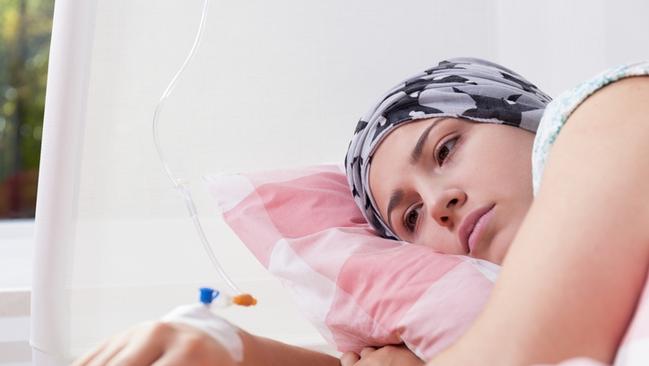Precision medicine reality for Victorian kids with cancer
VICTORIAN kids with cancer could have “mini organs” grown from their tumours in a bid to tailor drug combinations in an Australian-first pilot.

VIC News
Don't miss out on the headlines from VIC News. Followed categories will be added to My News.
VICTORIAN paediatric cancer patients will have “mini organs” grown from their tumours so thousands of drug combinations can be tested on them, in an Australian-first pilot program aiming to revolutionise cancer treatment.
Scientists from Hudson Institute of Medical Research will grow living 3D “organoids” in the laboratory, test them for genetic mutations that can be targeted by drugs, and then trial medications on these mini-tumours — a process that takes about three weeks.
The aim is to give more accurate and timely advice to doctors about the best medication — away from the standard trial-and-error of therapies — for children who have relapsed, and spare them from the ravages of unnecessary or futile treatments.
WOMEN WITH GENETIC RISK FOR BREAST CANCER TO GET PRECISE DIAGNOSIS OF CANCER CHANCE, STUDY REVEALS
OVARIAN CANCER SCREENING TEST IN DEVELOPMENT
MOTHER SURVIVES BREAST CANCER THANKS TO RANDOM FACEBOOK POST
CANNABIS OIL ‘CURES’ WOMAN’S CANCER
With 10 samples grown already, the Hudson Monash Precision Medicine Program is already informing treatment decisions.
It has informed doctors to use a tablet approved for melanoma in a three-year-old brain tumour patient, after genetic screening found it could be more effective than standard chemotherapy. Her tumour has now halved in size.

Head of Hudson’s Centre for Cancer Research, Associate Professor Ron Firestein said all Victorian children with solid tumours would be invited to join the pilot.
“Our aim is to personalise the cancer treatment and offer treatment options relevant to patients now, rather than waiting many years for laboratory research and future drug development,” Associate Prof Firestein said.
“We don’t understand the genetics well enough to know why only five per cent of patients are benefiting from new precision medicines. And this project will bridge that knowledge gap. But it’s also about giving the child the best treatment option we have right now.”
The two-year $1.3 million pilot, funded by the Children’s Cancer Foundation, will also link the Melbourne program with US collaborators who will conduct DNA sequencing on these same tumour samples.
This will build a large library that correlates genetic mutations with responses to treatment, to further build the evidence base for even more precise predictions of treatment success.
Head of Monash Children’s Hospital Cancer Centre, Dr Peter Downie said the technology would use a patient’s unique genetic and molecular make-up to predict the treatment with the best chance of success, as well as predicting how well a child will tolerate the treatment.
“My hope would be that within another 15-20 years, chemotherapy will become almost redundant and that a lot of these newer, more specific agents will become drugs of choice,” Dr Downie said.
“In my practising lifetime cure rates for childhood cancers have gone up and up, and that’s only going to get better with this new technology.”


